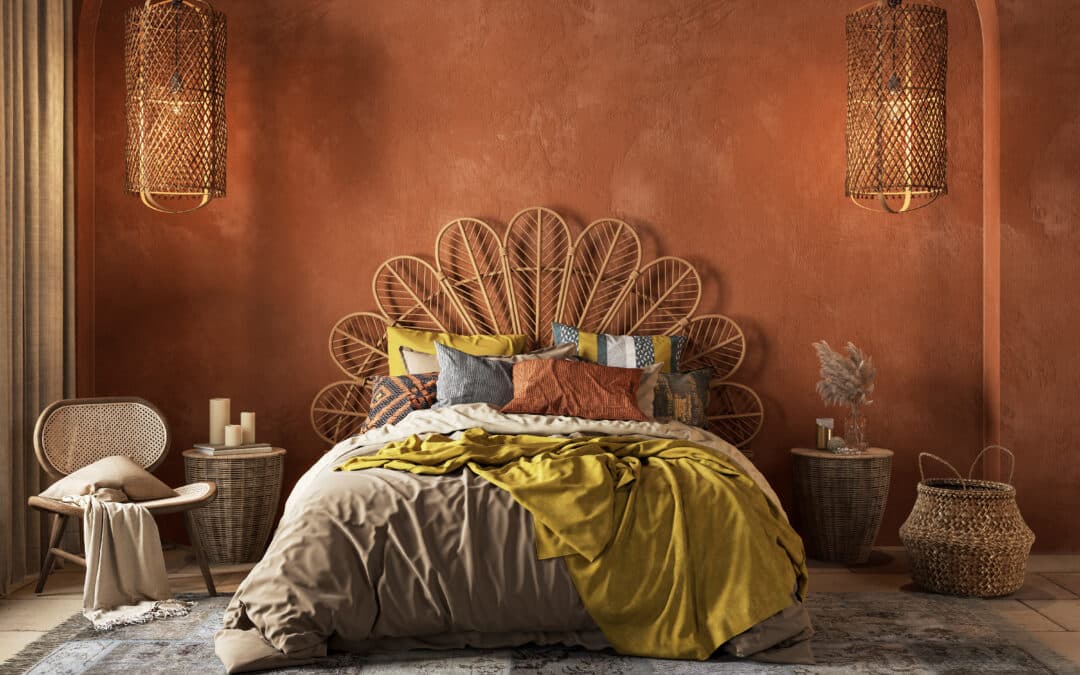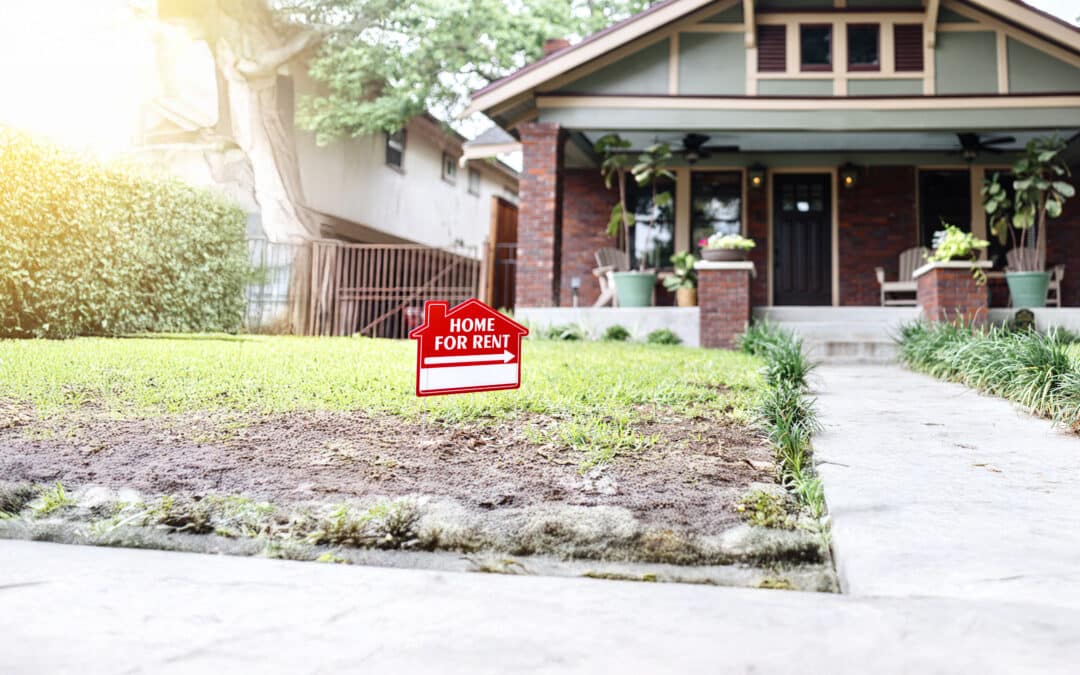The overall demand for multifamily housing in Chicago is strong, but the market’s performance is bifurcated. A steady increase in high-paying jobs has boosted the number of households earning more than $100,000, while the number of households earning less than $100,000 has declined. As a result, Lifestyle units are performing better, with higher rent growth than Renter-by-Necessity units.
The metro’s hiring pace intensified in the 12 months ending in July, marking 1.4 percent year-over-year growth with the addition of 66,700 jobs. Leisure and hospitality led gains with 22,200 jobs, following record-breaking tourism activity in 2018, when nearly 58 million people visited Chicago, an increase of 2.4 million tourists over the previous year and the eighth straight year of improvement.
 Education and health services gained 18,400 jobs, boosted by increased venture funding, especially in education, and growth in the city’s healthcare clusters: The 12-story Louis A. Simpson and Kimberly K. Querrey Biomedical Research Center, which opened on the downtown campus of Northwestern University this year, is set to host 1,500 researchers, while Sterling Bay purchased the former Stanley Manne Children’s Research Institute with plans to create a hub called Prysm Life Sciences.
Education and health services gained 18,400 jobs, boosted by increased venture funding, especially in education, and growth in the city’s healthcare clusters: The 12-story Louis A. Simpson and Kimberly K. Querrey Biomedical Research Center, which opened on the downtown campus of Northwestern University this year, is set to host 1,500 researchers, while Sterling Bay purchased the former Stanley Manne Children’s Research Institute with plans to create a hub called Prysm Life Sciences.
Meanwhile, professional and business services added 11,500 positions, strongly boosted by tech powerhouses such as Google, Facebook, and Salesforce. Uber is also bringing its Freight headquarters to the old post office building, where it signed a 10-year lease for its engineering operations and is placing 2,000 jobs in 2020.
Rent Trends
Rents in Chicago rose 3.3 percent year-over-year as of September, outpacing the 3.2 percent national rate. The metro’s average rent stood at $1,557, above the $1,471 U.S. figure. Despite consistent new supply coming online last year and in the first three quarters of 2019, occupancy sat in a tight band, dropping just 10 basis points in the 12 months ending in August, to 94.6 percent.
Higher-end Lifestyle rents led growth, up 4.2 percent to $2,184, while rates in the working-class Renter-by-Necessity segment increased 2.4 percent, to $1,259. Household growth and increased hiring in high-paying industries are boosting rental demand, while increasingly higher taxes are discouraging homeownership. As more Lifestyle units come online, especially in the urban core, absorption is expected to remain steady, keeping rent gains healthy moving into 2020.
The metro’s urban submarkets recorded some of the strongest rent gains, with Calumet City topping the list (6.7 percent year-over-year to $969), followed by the Near West Side (6.5 percent to $2,360), Evanston–South (5.3 percent to $1,960), Hyde Park (5.2 percent to $1,445), the Near South Side (4.9 percent to $2,262), the Near North Side (4.8 percent to $2,531) and the Loop (4.7 percent to $2,635), which ranks as the metro’s most expensive rental submarket. In the suburbs, gains were led by Grayslake (6.1 percent to $1,243), St. Charles (4.9 percent to $1,368) and Palatine (4.6 percent to $1,387).
 The median home price in Chicago rose to $235,080 in 2018, up 1.3 percent year-over-year and 17 percent above the 2011 level, indicating the market’s stability over the past seven years. The average mortgage payment accounted for 16 percent of the area median income, while the average rent equated to 25 percent.
The median home price in Chicago rose to $235,080 in 2018, up 1.3 percent year-over-year and 17 percent above the 2011 level, indicating the market’s stability over the past seven years. The average mortgage payment accounted for 16 percent of the area median income, while the average rent equated to 25 percent.
Chicago’s population has been decreasing while also undergoing a transformation: The number of households with a total income of more than $100,000 has grown, while the total of those earning less has been declining. Many Chicagoans chose to move to neighboring states that offer more affordable housing and lower property taxes. The metro’s population contracted by nearly 67,000 residents between 2014 and 2018, for a 0.9 percent downtick. Overall, though, Yardi Matrix predicts healthy absorption and solid rent growth through 2020.

Supply
The pace of multifamily development has been strong over the past five years, and this trend could continue, sustained by steady growth across high-paying industries. Possible headwinds could arise from rising labor and materials costs; additional government regulations requiring developers of downtown projects to contribute to an affordable housing fund; as well as concerns over changes in property assessments that could further increase real estate taxes. As of September, the metro’s pipeline also included more than 79,000 units in the planning and permitting stages.
Construction is strongest in urban submarkets, particularly in the Loop (4,756 units underway as of September 2019), and on the Near West Side, Near North Side, and Near South Side. In the suburbs, Yorkville led with 748 units underway, followed by Arlington Heights.

Transactions
Nearly $1.4 billion in assets traded in Chicago this year through September, at an average per-unit price of $181,824, below the $191,800 cycle high of 2018, when sales volume reached $3.9 billion. The slowdown can be attributed, in part, to potential changes in property tax legislation.
Opportunity Zones, however, are boosting investor demand, especially in the city’s South Side area, with buyers able to reinvest unrealized capital gains while also capturing major tax incentives, especially for properties that need significant renovations.
F&F Realty’s $79 million buy of Twin Lake Towers, a 399-unit community in Westmont, ranked as one of the largest suburban deals of 2019. Aimco sold the property in May at $197,995 per unit. In March, Hayman Co. bought the 568-unit Lakeside Apartments in Lisle for $100 million, or $176,056 per unit.






















0 Comments